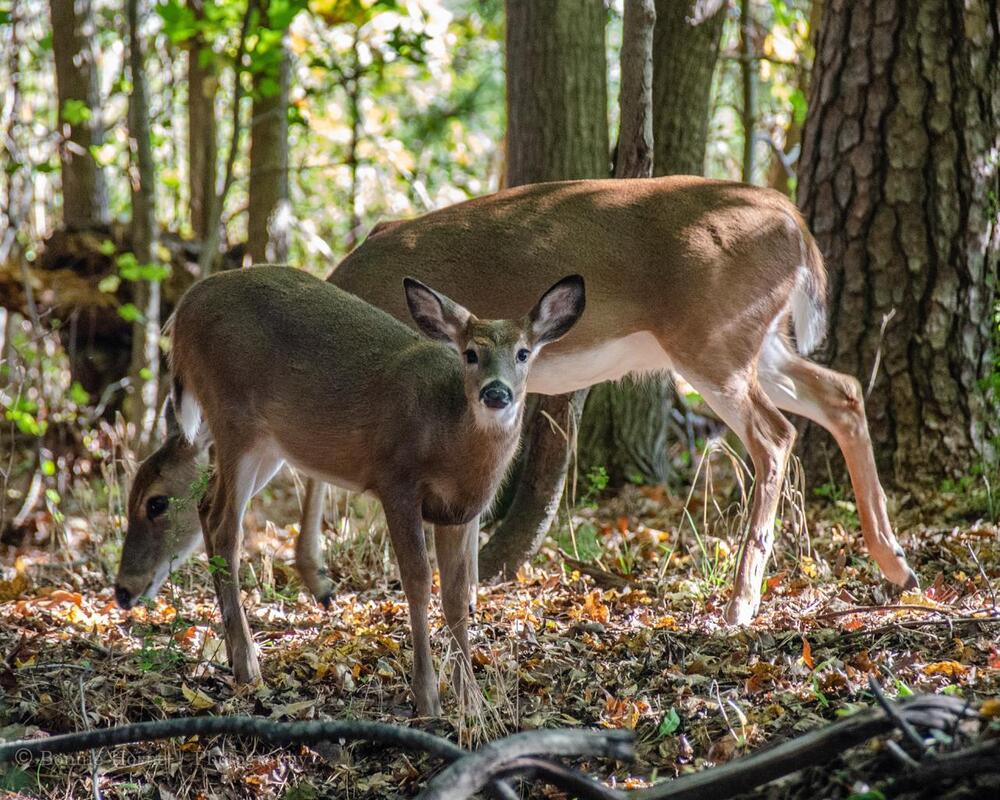WELCOME TO NATURE IN THE PARK
Windsor Castle Park, a multi-use public park in the heart of Smithfield, Virginia, is a nature lover’s delight. The park’s sights and sounds represent a broad spectrum of many species typically found in Virginia’s coastal tidal plain. Whether your interest is botany, ornithology or observing the seasonal changes occurring in the park, you will enjoy watching nature alongside the joggers, picnickers, those celebrating, and the many other park users. As you prepare to visit the park or want to know what its natural community is like, consider the descriptions of the four habitats given in this site. Your journey is just a click away!









